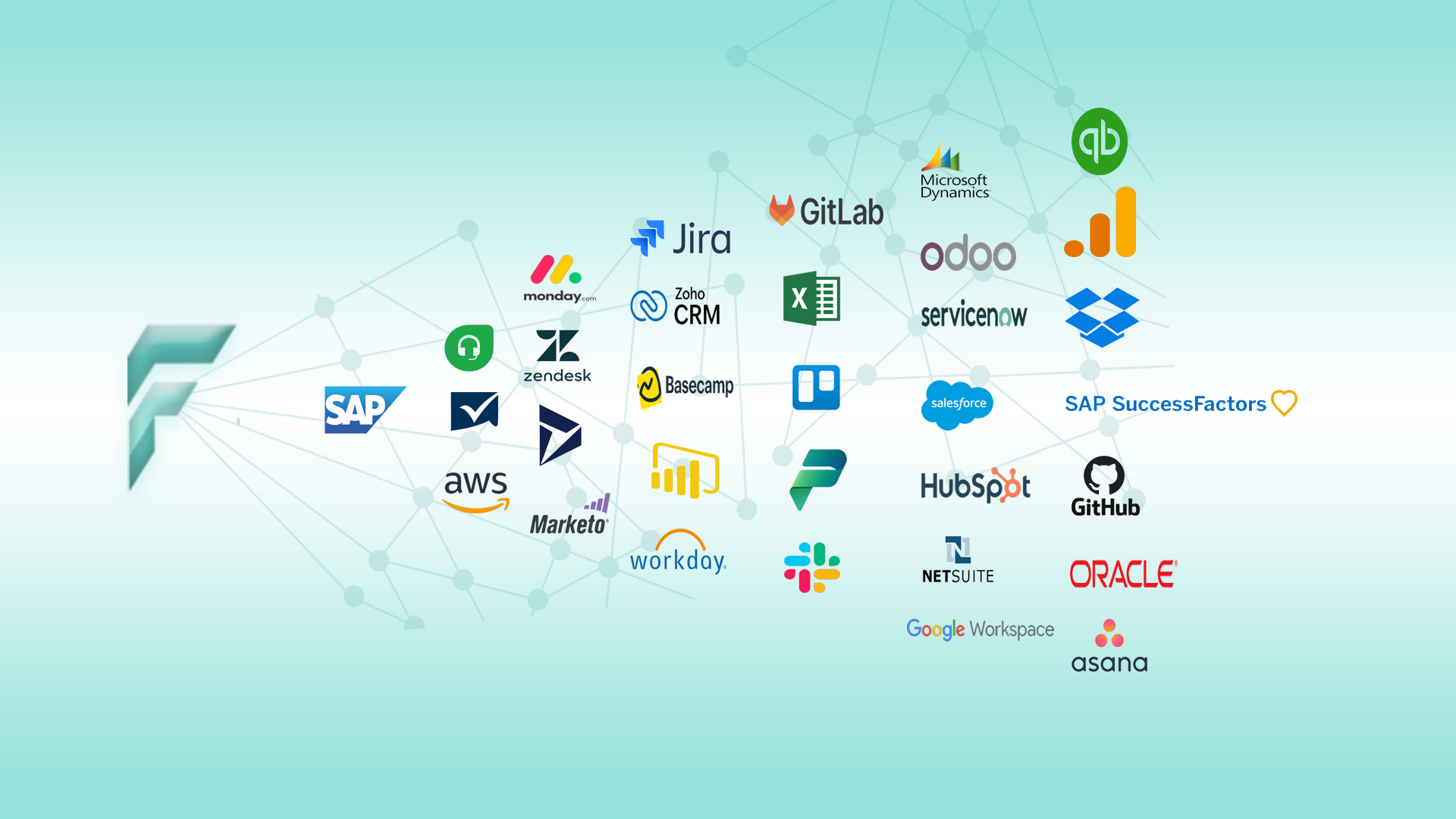SAP Supply Chain Optimization Tips
Discover effective SAP supply chain optimization tips to improve efficiency, resilience, and service. Learn how advanced demand planning and SAP solutions can help you overcome supply chain disruptions and optimize operations for a competitive edge.


